Norton Mounds Group & Hopewell Indian Mounds Park
Introduction
Text-to-speech Audio
Images
The Norton Mound group as seen from the Grand River
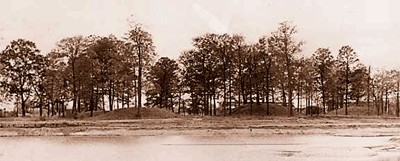
Norton Mounds
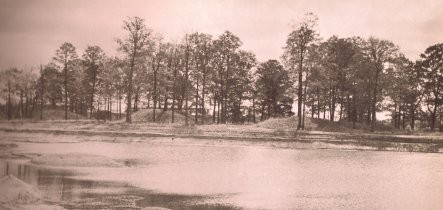
Norton Mounds
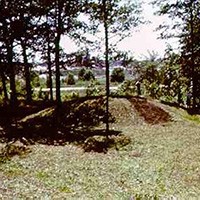
An example of Hopewell pottery, like the ones found in the Norton Mounds
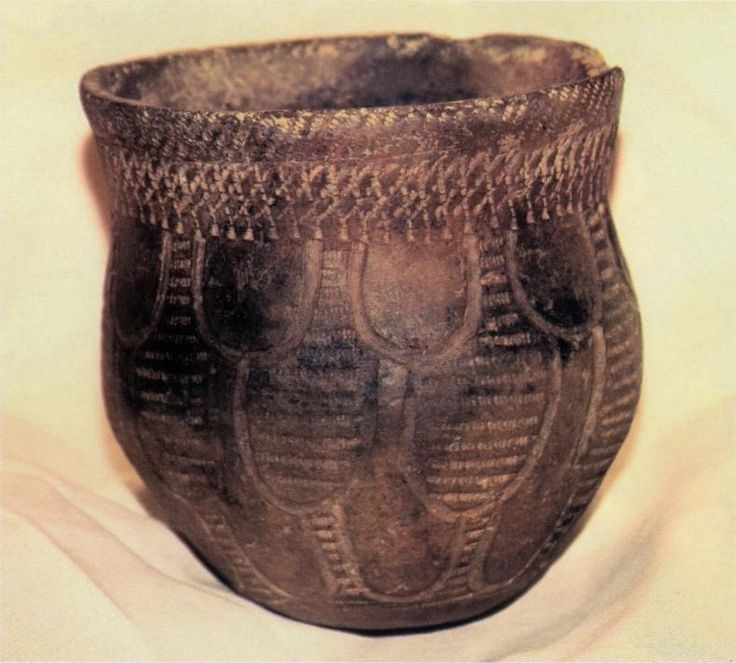
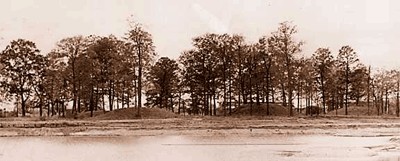
Backstory and Context
Text-to-speech Audio
The Hopewell had a vast trading network. Mounds have been
found to contain shells from the Gulf of Mexico, obsidian from the Rocky
Mountains, and shark’s teeth from the Atlantic Ocean. Copper mined from
Northern Michigan was also used to create knives, jewelry, and other goods. Pottery,
furs, and food were also buried in the mounds. The Hopewell were nomadic
hunter-gatherers who did some farming and had temporary housing. For this
reason, little remains of their way of life, and much of what we know of them
comes from the burial mounds. Around 100BCE, the Hopewell culture disappeared. No one quite knows why they stopped building these mounds or what happened
to them. 2
The Norton Mounds were first excavated in 1874, led by archaeologist W. L. Coffinberry, who was affiliated with the Kent County Scientific Institute (now the Public Museum of Grand Rapids). In the early 1960s, the Norton Mounds were excavated again, this time by the University of Michigan headed by Richard Flanders, and at least 48 individuals were exhumed along with dozens of grave goods, such as pottery, shells, beads, and animal parts.3 After NAGPRA (Native American Graves Protection and Repatriation Act) was passed in 1990, some artifacts and human remains were returned to Native American groups for a respectful reburial. The Norton Mound Group was recognized as a National Historic Landmark in 1965. According to the museum’s website: “The Museum is currently working with community input to develop future plans for respectful preservation of and educational access to the site. Until this important work is completed, all scientific studies throughout the entire Norton Mound Group and its related cultural resources collections will be restricted.”4
Sources
2. Rosentreter, Roger. Michigan: A History of Explorers, Entrepreneurs, and Everyday Peoples. University of Michigan Press, 2013. http://www.press.umich.edu/pdf/9780472071906-ch1.pdf
3. National Park Service. "Notice of Inventory Completion in Accordance with NAGPRA." https://www.nps.gov/nagpra/FED_NOTICES/NAGPRADIR/nic1358.html
4. Grand Rapids Public Museum Website. http://www.grpm.org/about/
